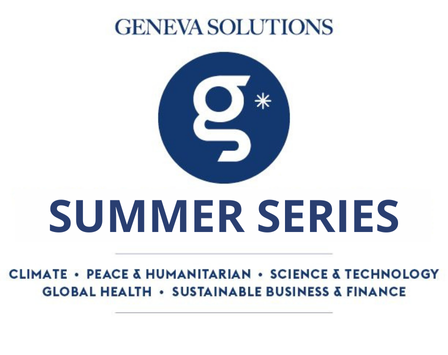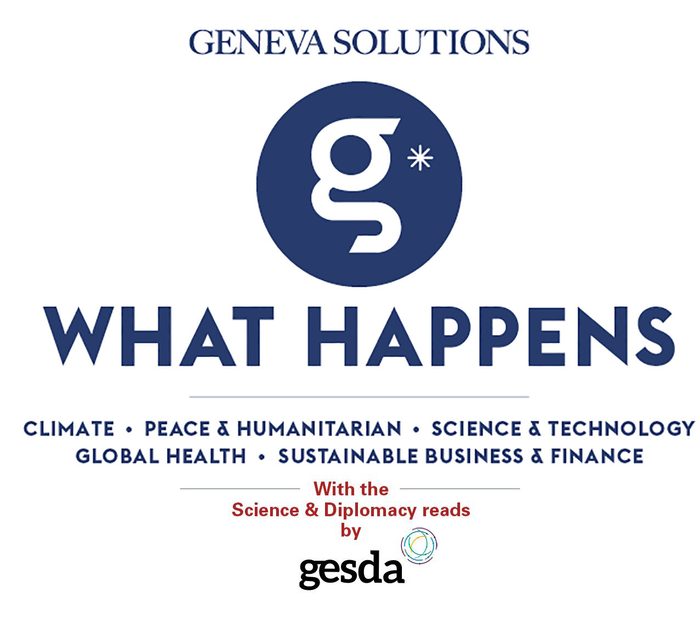Hello, this is Achintya, and today we learn about technologies that may not only help with decarbonisation efforts but could also be used in water purification and the extraction of precious metals from waste electronics.
And sticking with climate, we're also turning our attention to CERN, where a recent virtual meeting of scientists was convened to address the use of greenhouse gases in particle detectors such as those at the Large Hadron Collider. |
|
Science & Technology News
|
|
|
🏭 Decarbonisation technologies may help other environmental causes.
New materials that help remove carbon dioxide from the atmosphere could provide significant tools in the battle against climate change. Professor Wendy Queen from EPFL spoke to Geneva Solutions about porous materials being developed in her laboratory that may not only help with carbon capture but may also address other environmental areas of ongoing or future conflict: access to clean water and the mining of precious metals.
Geneva Solutions (EN)
|
|
💚 Reducing the dependence on greenhouse gases in particle physics.
Particle detectors used in high-energy physics, such as those at the Large Hadron Collider, rely on gases to record the presence of particles flying through them. Historically, these have tended to be greenhouse gases. Researchers are working on strategies to either reduce greenhouse gas emissions or replace them with ‘eco-gases’.
CERN Courier (EN)
|
|
Here's what else is happening
|
|
Anticipatory reads by GESDA
|
|

London Underground transportation system (© Ted Sullivan)
|
|
Travelling in the subway with a stranger is nothing of a surprise.
But what if this stranger is a virus or a bacteria? And what if this microbe is still totally unknown to science?
In a fascinating study, scientists have collected “nearly 5,000 samples over a three-year period across 60 cities in 32 countries and six continents, and analysed them using a genomic sequencing technique”, they explain in the journal Cell (see below). “The study led to the discovery of 10,928 viruses and 748 bacteria that are not present in any reference databases!” Moreover, each city had its own “microbial signature”, possibly driven by climate and geographic differences.
According to the International MetaSUB Consortium, “this field of research has important implications for detecting outbreaks of both known and unknown infections and for studying the prevalence of antibiotic-resistant microbes in different urban environments”.
This study nurtures the comparison often made between the human body and life in cities, which sees the former as a metaphor to describe the latter: with growing research done around the human microbiome and its impact on the hosts health, this comparison can’t be more to the point!
– Olivier Dessibourg
|

This selection is proposed by the Geneva Science and Diplomacy Anticipator
GESDA, working on
anticipating cutting-edge science and technological advances to develop innovative and inclusive
solutions for the
benefit of the planet and its inhabitants.
|
|
GS news is a new media project covering the world of international cooperation and development. Don’t hesitate to forward our newsletter!
Have a good day!
|

|
|
Avenue du Bouchet 2
1209 Genève
Suisse
|
|
|
| |









